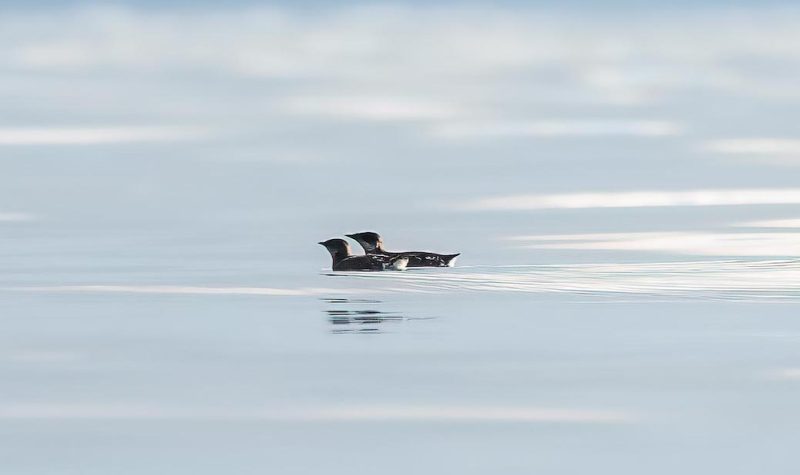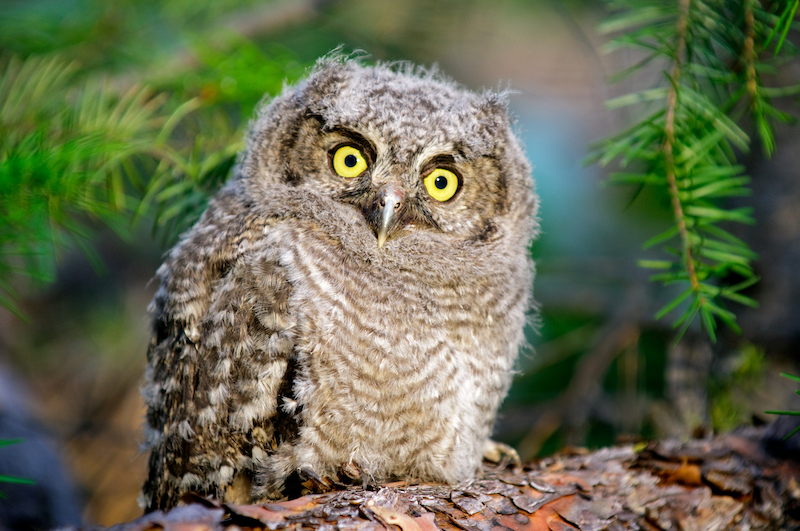A spokesperson for the BC Ministry of Forests confirmed there have been sightings and they have hired a species expert to conduct surveys and provide guidance for management approaches.
According to Charlotte Dawe of the Wilderness Committee, there have been 240 sightings of the marbled murrelet by registered biologists. Other species at risk — like the Western screech owl, Northern goshawk and Olive-sided Flycatcher — have also been seen.
The Wilderness Committee is a Western Canadian environmental organization dedicated to preserving wilderness, protecting wildlife, defending parks, safeguarding public resources and fighting for a healthy climate.
“What’s happening in Fairy Creek is very unique because there are so many people on the ground right now. In normal times when logging is happening, we don’t know what species are there. Because there are so many people on the ground, we are getting all these sightings,” Dawe told CKTZ News.
If Fairy Creek were on Federal Government land, the logging would probably be shut down.
The federal government might intervene if a nest is found, but marbled murrelet nests are very difficult to find because they are carefully camouflaged as a protection against predatory eagles.
On September 1st, 2021, the B.C. Ministry spokesperson emailed CKTZ News that the provincial government takes species at risk and old growth management seriously. They have set aside over 2,000 hectares as protected areas.
“The wildlife habitat areas were established for marbled murrelets, northern goshawk and red-legged frog. These large areas for umbrella species ensure habitats are secured for many other species, like the Olive-sided fly catcher. Ministry of Forests, Lands, Natural Resource Operations and Rural Development biologists are also part of the multi-disciplinary Western Screech owl recovery team of federal, provincial and independent experts, working to gather information and inform recovery actions," according to the email.
“Logging companies have a financial interest in these nests being undiscovered and the B.C. government is not doing enough to locate them, and so murrelet habitat remains unprotected even if we know they’re living in a specific area,” says Dawe.



